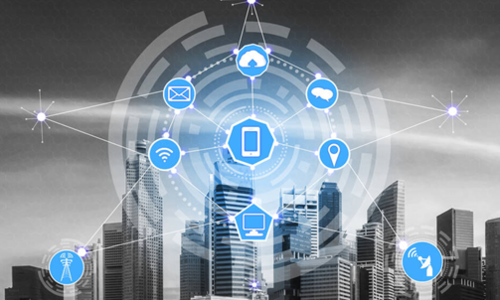
As we navigate through the technological landscape of 2024, the LoRa (Long Range) industry stands as a beacon of innovation, with its Low Power, Wide Area Network (LPWAN) technology continuing to make significant strides. The LoRa and LoRaWAN IoT market, projected to be worth US$ 5.7 billion in 2024, is expected to reach a staggering US$ 119.5 billion by 2034, surging at a CAGR of 35.6% from 2024 to 2034.
Drivers of Market Growth
The LoRa industry's growth is propelled by several key factors. The demand for secure and private IoT networks is accelerating, with LoRa's robust encryption features at the forefront. Its use in industrial IoT applications is expanding, optimizing processes in manufacturing, logistics, and supply chain management. The need for cost-effective, long-range connectivity in challenging terrains is fueling LoRa adoption, where conventional networks falter. Moreover, the emphasis on interoperability and standardization in the IoT ecosystem is bolstering LoRa's appeal, enabling seamless integration across devices and networks.
Impact on Various Sectors
The impact of LoRaWAN's market growth is widespread and profound. In smart city initiatives, LoRa and LoRaWAN are enabling efficient asset tracking, enhancing operational visibility. The technology facilitates remote monitoring of utility meters, improving resource management. LoRaWAN networks support real-time environmental monitoring, aiding pollution control and conservation efforts. The adoption of smart home devices is increasing, leveraging LoRa for seamless connectivity and automation, enhancing convenience and energy efficiency. Furthermore, LoRa and LoRaWAN are enabling remote patient monitoring and healthcare asset tracking, improving patient care and operational efficiency in healthcare facilities.
Regional Market Insights
On a regional level, South Korea is leading the charge with a projected CAGR of 37.1% until 2034, driven by its advanced technology infrastructure and a culture of innovation. Japan and China follow closely, with CAGRs of 36.9% and 35.8% respectively, showcasing their significant roles in shaping the LoRa and LoRaWAN IoT market. The United Kingdom and the United States also exhibit strong market presence with a 36.8% and 35.9% CAGR, respectively, indicating their commitment to IoT innovation and digital transformation.
Challenges and Competitive Landscape
Despite the promising outlook, the LoRa industry faces challenges such as spectrum congestion due to increasing IoT deployments, which may impact network performance and reliability. Environmental factors and electromagnetic interference can disrupt LoRa signals, affecting communication range and reliability. Scaling LoRaWAN networks to accommodate a growing number of devices and applications requires careful planning and infrastructure investments. Cybersecurity threats also loom large, necessitating robust security measures and encryption protocols.
In the competitive landscape, companies like Semtech Corporation, Senet, Inc., and Actility are leading the way with robust networks and scalable platforms. Strategic partnerships and technological advancements are driving market growth and fostering innovation, as companies strive to enhance interoperability, security, and performance .
Conclusion
The LoRa industry's growth is a testament to its ability to address the evolving needs of IoT connectivity. As we project forward, the potential for growth and transformation in the LoRa and LoRaWAN IoT market is immense, with a forecasted CAGR of 35.6% until 2034. Businesses and governments alike must stay informed and adaptable to harness the opportunities that this technology presents. The LoRa industry is not just a part of the IoT ecosystem; it is a driving force, shaping the way we connect, monitor, and manage our world in the digital age .
Post time: Aug-30-2024